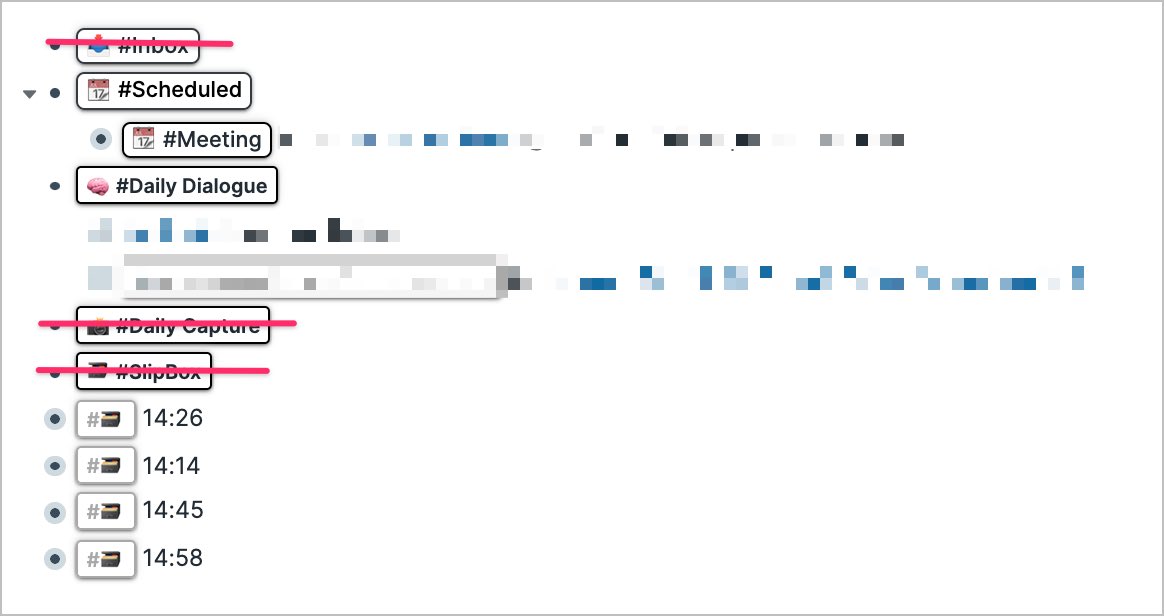Let’s be real #roamcult, we’re not just here for the product (@roamresearch), but here for the party too! Learned so much from all of you. Regardless of context, a [[community of inquiry]] ([[pragmatists]], [[C.S.Peirce]] and [[John Dewey]]) will always find truths together.
So rewarding.
The dialogue, debate, conflict, studies, and explorations will always lead to progress.
Oh come on....join us! (Look up thread 👆)
https://twitter.com/geetstechhabits/status/1308613485601849344?s=21
https://twitter.com/geetstechhabits/status/1308613485601849344
Ok.. you too. (Check up thread 👆)
https://twitter.com/davegulimlim/status/1308576146473144320?s=21
https://twitter.com/davegulimlim/status/1308576146473144320
When you are ready.....
https://twitter.com/allafarce/status/1308564383371390976?s=21
https://twitter.com/allafarce/status/1308564383371390976
• • •
Missing some Tweet in this thread? You can try to
force a refresh














